Role of Forests in Watershed Management: Enhancing Water Sustainability
- August 16, 2024
- 0 comment
Forests play a crucial role in watershed management, acting as natural sponges that enhance water sustainability. They regulate the flow of water, reducing the risk of floods and droughts by absorbing rainfall and gradually releasing it into streams and rivers. This process not only stabilizes water supplies but also maintains water quality by filtering pollutants and sediments through their root systems and forest floor. The canopy cover of forests reduces the impact of heavy rains on the soil, preventing erosion and promoting groundwater recharge.
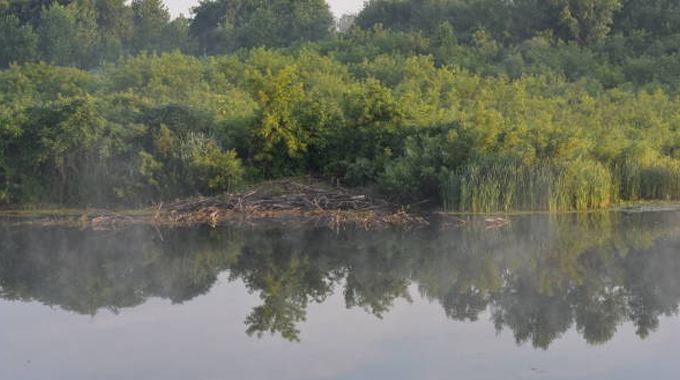
Moreover, forests support biodiversity, which contributes to the resilience of watersheds. Trees and vegetation within forests help to maintain the ecological balance, providing habitat for a variety of species that contribute to the health of the watershed. By preserving and managing forested watersheds, we ensure a sustainable and reliable water source for both human use and the environment, highlighting the interdependent relationship between forests and water resources.
Table of Content
- Forests as Natural Water Regulators
- Water Quality Improvement
- Erosion Control
- Groundwater Recharge
- Biodiversity and Watershed Health
- Human and Environmental Benefits
- Conservation and Management Strategies
- Challenges and Future Directions
- Type of Watershed Management
- FAQs
Forests as Natural Water Regulators
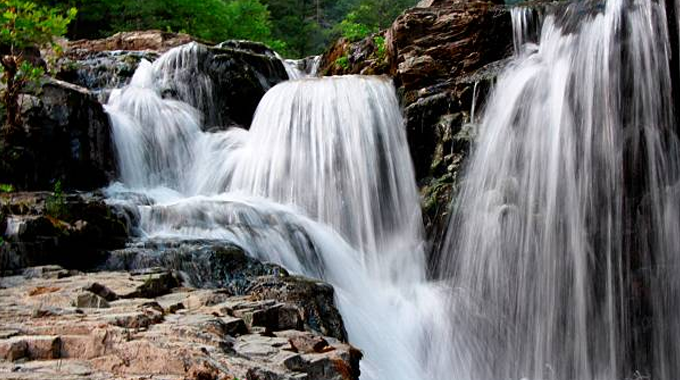
Forests play a pivotal role in the natural regulation of water within watersheds. Their dense vegetation and complex root systems absorb rainfall, which helps to moderate the flow of water. By slowing down runoff, forests reduce the risk of floods and ensure a more steady release of water over time. This process is crucial in mitigating the impacts of droughts, as it maintains a consistent flow into rivers and streams even during dry periods. In essence, forests act as natural water regulators, balancing the water cycle and protecting both ecosystems and human communities from extreme weather conditions.
Water Quality Improvement
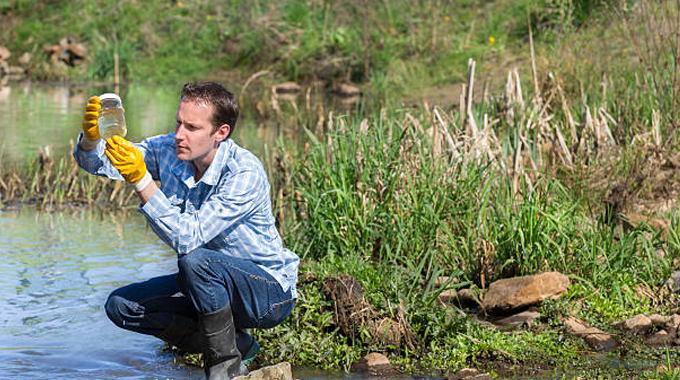
Forests significantly improve water quality through natural filtration processes. The vegetation and forest floor trap pollutants and sediments, preventing them from entering water bodies. The roots and organic matter in the soil play a critical role in breaking down contaminants, which results in cleaner water. This filtration mechanism ensures that the water flowing into rivers, lakes, and reservoirs is of higher quality, which is essential for drinking water supplies, agriculture, and aquatic life. By maintaining clean water, forests provide an indispensable service that supports the health and well-being of both the environment and human populations.
Erosion Control
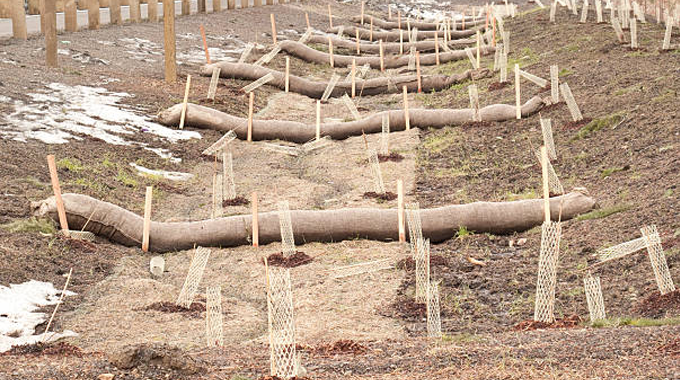
The canopy cover provided by forests protects the soil from the direct impact of rainfall, which helps to prevent erosion. The roots of trees and plants stabilize the soil, reducing the amount of sediment that can be washed away into water bodies. This is crucial for maintaining the integrity of the landscape and preventing sedimentation in rivers and lakes, which can lead to reduced water quality and habitat destruction. Forests act as a natural barrier against soil erosion, preserving the land and ensuring that water bodies remain clear and free of excessive sediment.
Groundwater Recharge
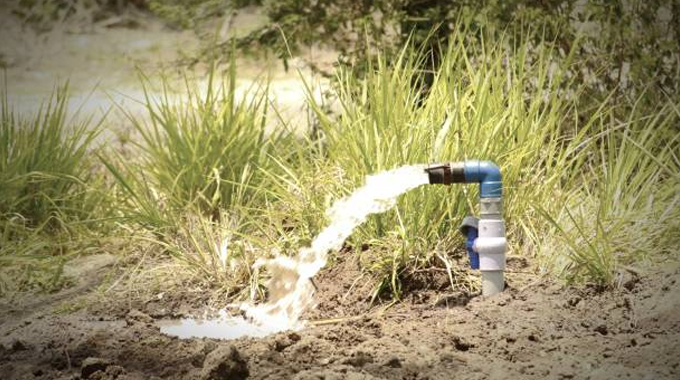
Forests contribute to groundwater recharge by facilitating the infiltration of rainwater into the soil. The presence of trees and vegetation enhances the soil’s ability to absorb water, allowing it to percolate down to replenish underground aquifers. This process is vital for maintaining groundwater levels, which are a critical source of fresh water for many communities. By supporting groundwater recharge, forests ensure a sustainable supply of water that can be accessed during times of scarcity, thus playing a crucial role in long-term water management strategies.
Biodiversity and Watershed Health

The biodiversity within forested watersheds is essential for the overall health and functionality of these ecosystems. A diverse range of plant and animal species contributes to the stability and resilience of the watershed. Each species plays a unique role, from pollination and seed dispersal to nutrient cycling and pest control. This biodiversity ensures that the ecosystem can adapt to changes and recover from disturbances, maintaining the balance needed for a healthy watershed. The ecosystem services provided by diverse forest species are integral to the sustainability of water resources and the broader environment.
Human and Environmental Benefits
Forested watersheds provide numerous benefits to both human communities and the environment. They ensure a sustainable supply of clean water, which is essential for drinking, agriculture, and industry. The regulation of water flow and improvement of water quality support the needs of human populations, enhancing the quality of life and economic stability. Additionally, the ecological balance maintained by forests fosters a resilient environment that can withstand and recover from natural and human-induced changes. These benefits underscore the importance of preserving forested watersheds for the well-being of current and future generations.
Conservation and Management Strategies
Effective conservation and management strategies are crucial for preserving the role of forests in watershed management. Best practices include sustainable forestry, reforestation, and the protection of existing forested areas. Policies and initiatives that support forest and watershed management are essential for ensuring long-term sustainability. Collaboration between governments, local communities, and environmental organizations is necessary to promote the health and vitality of forests. Implementing these strategies helps safeguard the essential functions that forests provide, ensuring that they continue to enhance water sustainability.
Challenges and Future Directions
Forested watersheds face numerous threats, including deforestation, climate change, and pollution. Addressing these challenges requires a comprehensive approach that combines conservation efforts with innovative strategies for enhancing water sustainability. Future directions include the development of advanced monitoring systems, the implementation of adaptive management practices, and increased public awareness about the critical role of forests in watershed management. By confronting these challenges, we can ensure that forests continue to support water sustainability and meet the diverse needs of ecosystems and human societies.
Type of Watershed Management
Headwater Watersheds
These are the uppermost parts of a watershed, where streams and rivers originate. Headwater watersheds are typically small and may consist of multiple tributaries that converge to form larger streams and rivers. They are crucial for maintaining the flow and quality of water downstream.
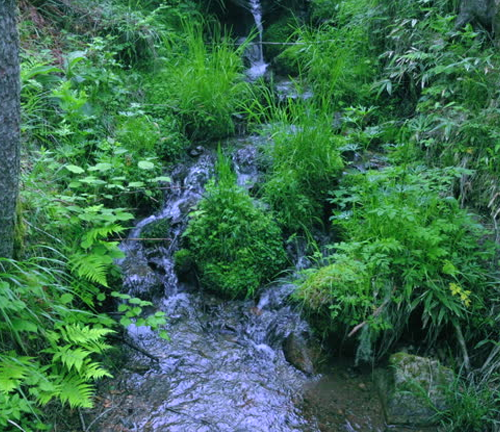
Riverine Watersheds
Riverine watersheds encompass the entire drainage area of a river and its tributaries. These watersheds are often extensive and can cover large geographical regions. They play a significant role in collecting and conveying water from various smaller streams and rivers into a major river.
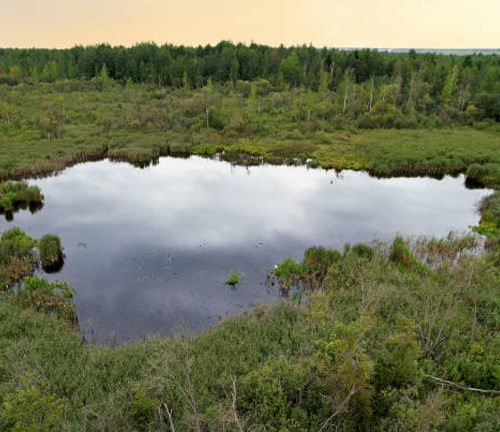
Closed or Endorheic Watersheds
These watersheds do not drain into the ocean or a sea but rather into inland bodies of water such as lakes or basins. The water in endorheic watersheds evaporates or seeps into the ground, as there is no outlet to the sea. Examples include the Great Basin in the United States.
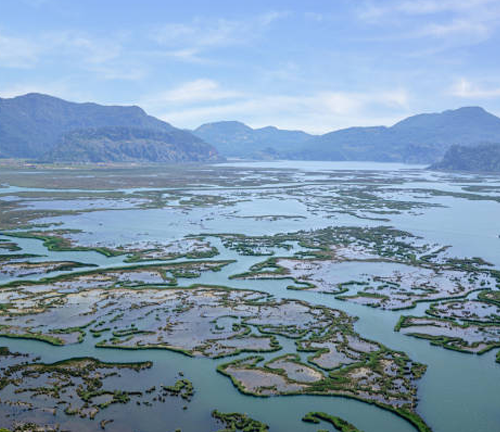
Frequently Asked Question (FAQs)
1. What is the role of forests in watershed management?
Forests play a critical role in watershed management by regulating water flow, improving water quality, preventing soil erosion, and supporting groundwater recharge. They act as natural water filters and sponges, maintaining a balanced water cycle and ensuring sustainable water resources.
2. How do forests regulate water flow in a watershed?
Forests regulate water flow by absorbing rainfall through their vegetation and soil. This process slows down runoff, reduces the risk of floods, and ensures a steady release of water into streams and rivers, which helps mitigate the impacts of droughts.
3. In what ways do forests improve water quality?
Forests improve water quality by filtering pollutants and sediments through their root systems and forest floor. Organic matter and vegetation trap contaminants, ensuring that cleaner water enters rivers, lakes, and reservoirs.
4. How do forests help prevent soil erosion?
Forests help prevent soil erosion by providing canopy cover that reduces the impact of rainfall on the soil and by stabilizing the soil with their root systems. This reduces the amount of sediment that can be washed into water bodies, maintaining clearer and healthier waterways.
5. What is groundwater recharge, and how do forests contribute to it?
Groundwater recharge is the process by which water percolates down through the soil to replenish underground aquifers. Forests enhance this process by facilitating the infiltration of rainwater through their root systems and soil structure, maintaining groundwater levels.
6. Why is biodiversity important in forested watersheds?
Biodiversity in forested watersheds is essential for ecosystem stability and resilience. Diverse plant and animal species contribute to various ecosystem services, such as pollination, nutrient cycling, and pest control, which are crucial for the overall health and functionality of the watershed.
7. What are the benefits of forested watersheds to human communities?
Forested watersheds provide numerous benefits to human communities, including a sustainable supply of clean water, reduced risk of floods and droughts, and improved water quality. These benefits support agriculture, industry, and domestic needs, enhancing the quality of life.
8. What are some best practices for conserving forested watersheds?
Best practices for conserving forested watersheds include sustainable forestry practices, reforestation, protecting existing forests, and implementing policies that support watershed management. Collaboration between governments, local communities, and environmental organizations is also essential.
9. What challenges do forested watersheds face?
Forested watersheds face challenges such as deforestation, climate change, pollution, and unsustainable land use practices. These threats can degrade the quality and functionality of watersheds, impacting water resources and ecosystem health.
10. What future strategies can enhance water sustainability through forest management?
Future strategies for enhancing water sustainability through forest management include developing advanced monitoring systems, implementing adaptive management practices, increasing public awareness, and promoting policies that support sustainable forest and watershed management.

Gilbert Griffin
Forestry AuthorGilbert Griffin is a forest management expert specializing in sustainable practices, forest health, conservation, and land management. With extensive knowledge in pest control, disease management, and habitat restoration, Gilbert develops strategies to preserve forest ecosystems and biodiversity. Passionate about the natural world, Gilbert adapts to changes in forest management and stays updated through continuous learning. Gilbert also provides seasonal advice to optimize forest care throughout the year.




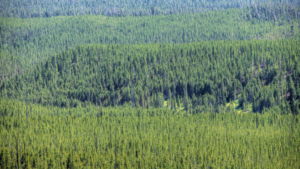





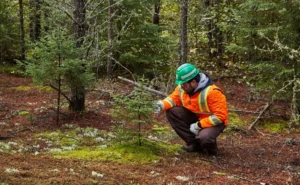


Leave your comment